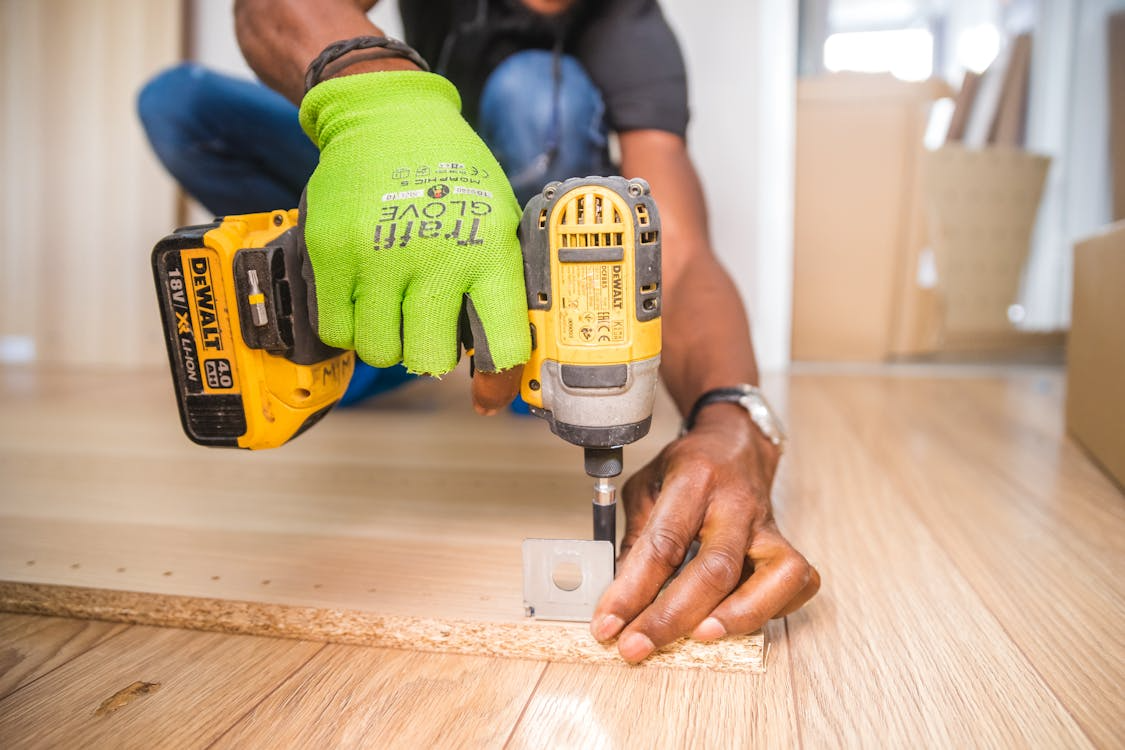It rarely begins with a crash. The first warning is quieter. A faint shadow creeps across plaster like spilled ink, or a damp breath lingers in the air when you climb the upper crawlspace stairs. The structure overhead is speaking long before water drips onto the floor. Most of us miss it.
By the time a leak shows itself, the damage beneath has been building for weeks. What looked like a harmless mark was really the first chapter of rot, mold, and hidden decline.
A checkup may feel routine in the moment. In reality, it is the pause button, the chance to stop a slow unraveling ahead of time, before it becomes the kind of repair that steals sleep and savings.
Catching Trouble Before It Becomes Replacement
Nobody circles a date on the calendar for a rebuild. It sneaks in, starting with a tile sliding loose after a storm, a gutter spilling over during heavy rain, a hairline crack that grows each time temperatures swing from freeze to thaw. Ignore them, and those small annoyances stack until the only option is a major overhaul.
Anyone who has lived through a tear-off knows the chaos: tarps flapping, nails under car tires, hammers rattling through the day. The reality of roof replacement for Adelaide homeowners is laid bare—long, noisy, and costly. Most of those replacements started as tiny issues that could have been fixed in an afternoon.
A professional review shifts the timeline. It keeps problems small, so a roofer’s visit feels like a nuisance solved, not a disaster contained.
Climate and Materials: The Hidden Enemies of Your Roof
A covering in Utah ages differently than one in Adelaide. Sun scorches in one place, snow buries in another, salt air gnaws along the coast. Even the strongest outer layer bends under years of weather pressing against it.
This is where routine assessments earn their value to make sure your roof is prepared for severe weather. Looking closer reveals how local climate is shaping the structure’s decline. Insights on roofing materials built for Utah’s climate show that every environment leaves its mark. Annual checkups are how households spot those fingerprints prior to becoming fractures.
The Financial and Emotional ROI
Money is part of the story, but not the whole of it. A yearly review saves dollars, yes, but it also saves nerves.
- Cost control: Replacing a few tiles or resealing flashing costs a fraction of fixing a sagging deck.
- Energy savings: A sealed top holds warmth in winter and cool air in summer, trimming bills you actually notice.
- Peace of mind: Anyone who has scrambled at 2 a.m. with a bucket under a drip knows the relief of avoiding that scene entirely.
These are not abstract points. They are lived experiences. A sound structure overhead lets you focus on life beneath it, not the ceiling above it.
DIY Checks vs. Professional Eyes
There are small steps anyone can take. Walk the yard after a storm. Check the gutters for granules. Climb into the rafters and breathe in—musty air often tells the story before mold ever shows its face.
Still, some threats stay invisible until a trained eye looks closer. Flashing that has shifted, coverings that shed their grit, a subtle dip across the line—these are details easy to miss. Specialists catch them. Expert voices, including Ethos Roofing & Restoration, remind us that inspections guided by local knowledge are the difference between minor fixes and catastrophic repairs.
The Bigger Picture: Exterior Care as a Whole
A shelter never works alone. Gutters, siding, windows, and insulation all share the load. Neglect one, and the others pay for it.
The broader home exterior system shows how care in one area ripples across the rest. A strong roof keeps walls dry. Clean gutters protect the foundation. Tight windows ease the work of heating and cooling. The exterior thrives when each part does its job together.
Seasonal Checkups Keep the Clock from Racing
The roof does not wear evenly across the year. Spring storms rip coverings loose. Summer sun bakes materials until they curl. Autumn drops leaves that clog gutters, holding moisture against the frame. Winter snow presses down with a weight that bows beams over time.
Breaking the calendar into seasons makes reviews easier. A quick look after each shift in weather patterns reveals how the elements are testing your house. It is not about climbing up every month, it is about choosing the key moments when damage is most likely to show. A spring rainstorm or a heavy snow melt often reveals problems that have been hiding quietly all winter.
Seasonal rhythms keep the structure ahead of the stress, turning care into routine instead of reaction.
Quick Signs You Can Spot Without a Ladder
Not every checkup requires climbing shingles. Some warnings reveal themselves from ground level:
- Water stains on ceilings or walls.
- Tiles that appear curled, cracked, or missing.
- Granules building up in gutters or at downspouts.
- Daylight peeking through the rafters.
- A musty smell spreading when the crawlspace door opens.
These signs speak before the leaks roar. Spotting even one should trigger a closer look by a professional.
The Soft Cost of Waiting Too Long
Problems do not shout at first. They whisper. A missing tile. A faint stain. A smell in the rafters you cannot quite place. Left alone, those whispers build into collapse.
Waiting carries more than repair bills. Stress builds. Family schedules splinter. Nights of worry pile up. Regular checkups are not about obsession, they are about presence. A small look today saves months of disruption tomorrow.
Secure the Structure, Protect the Story
A dwelling is more than beams and nails. It is the space where conversations stretch past midnight, where pages turn, where ideas take shape.
An assessment may look routine, but it safeguards the silence above that allows everything below to unfold. Each visit from a trained eye protects not only coverings and flashing, but also the stories that gather beneath them.
When the shelter holds, the house holds too, and the life within it keeps moving forward. And in the bigger picture, roofs that are cared for strengthen entire neighborhoods. A well-maintained home keeps value steady, prevents shared drainage problems, and becomes part of a community that looks out for its future.














